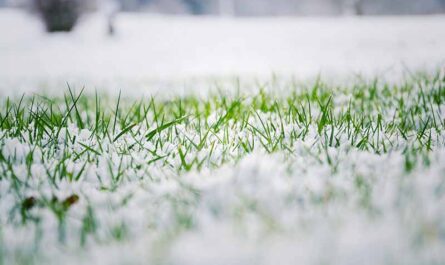A successful flooring project begins even before the first tile or plank is laid down; it starts with preparing the subfloor. Whether you’re looking to upgrade your home or revamp your commercial space, a smooth, level subfloor is crucial for any flooring project—especially for vinyl flooring. If you’re planning on a Singapore vinyl flooring installation, understanding the importance of subfloor preparation can save you from future headaches and costly repairs.
Why Subfloor Preparation is Crucial
The subfloor provides the foundation upon which your vinyl flooring will rest. Any imperfections, like bumps or dents, will adversely affect the final look and feel of your floor. Moreover, a poorly prepared subfloor can lead to issues such as uneven surfaces and, in extreme cases, can cause the vinyl to lift or buckle. If the subfloor is not dry or clean, this could compromise the adhesive quality of the vinyl, resulting in tiles or planks that shift over time. In essence, a well-prepared subfloor is vital for both the aesthetics and longevity of your vinyl flooring.
Assessing Your Existing Floor
The first step in subfloor preparation is to thoroughly assess the condition of your existing floor. Remove any old carpets, tiles, or other flooring types to expose the subfloor beneath. Check for signs of moisture, as vinyl flooring requires a dry surface. Use a level to identify any irregularities; even slight elevations can result in visible imperfections in your vinyl flooring. If your existing subfloor is damaged, it may require repairs or even replacement before proceeding with vinyl installation.
Cleaning and Levelling
Once you’ve assessed the condition of your subfloor, the next steps are cleaning and levelling. Clean the surface meticulously to remove any dust, debris, or residues that could interfere with the adhesion of your vinyl flooring. After cleaning, level the subfloor using a self-levelling compound. Follow the manufacturer’s guidelines to ensure a smooth, even surface. Allow sufficient time for the compound to dry before moving on to the next steps.
Moisture Testing
Vinyl flooring is susceptible to damage from moisture, making this step indispensable. Conduct a moisture test to ensure that the subfloor is completely dry. This typically involves placing a moisture meter on various subfloor sections and taking readings. If the subfloor does not pass the moisture test, it will require further drying or treatment to make it suitable for vinyl flooring installation.
Primer Application
Some subfloor materials, like concrete, may require a primer to improve adhesion. Applying a primer can significantly affect the longevity and stability of your vinyl flooring. Be sure to consult with professionals or read manufacturer guidelines to determine whether a primer is necessary for your specific subfloor type.
Final Checks Before Installation
Once the subfloor is cleaned, levelled, and primed, walk over it carefully to inspect for any missed imperfections. The final check ensures that you are setting the stage for a successful, long-lasting vinyl floor.
Conclusion
Skimping on subfloor preparation can result in a less-than-perfect vinyl flooring installation, affecting both its durability and visual appeal. Following these essential steps for subfloor preparation lays the groundwork for a successful project that will stand the test of time.




